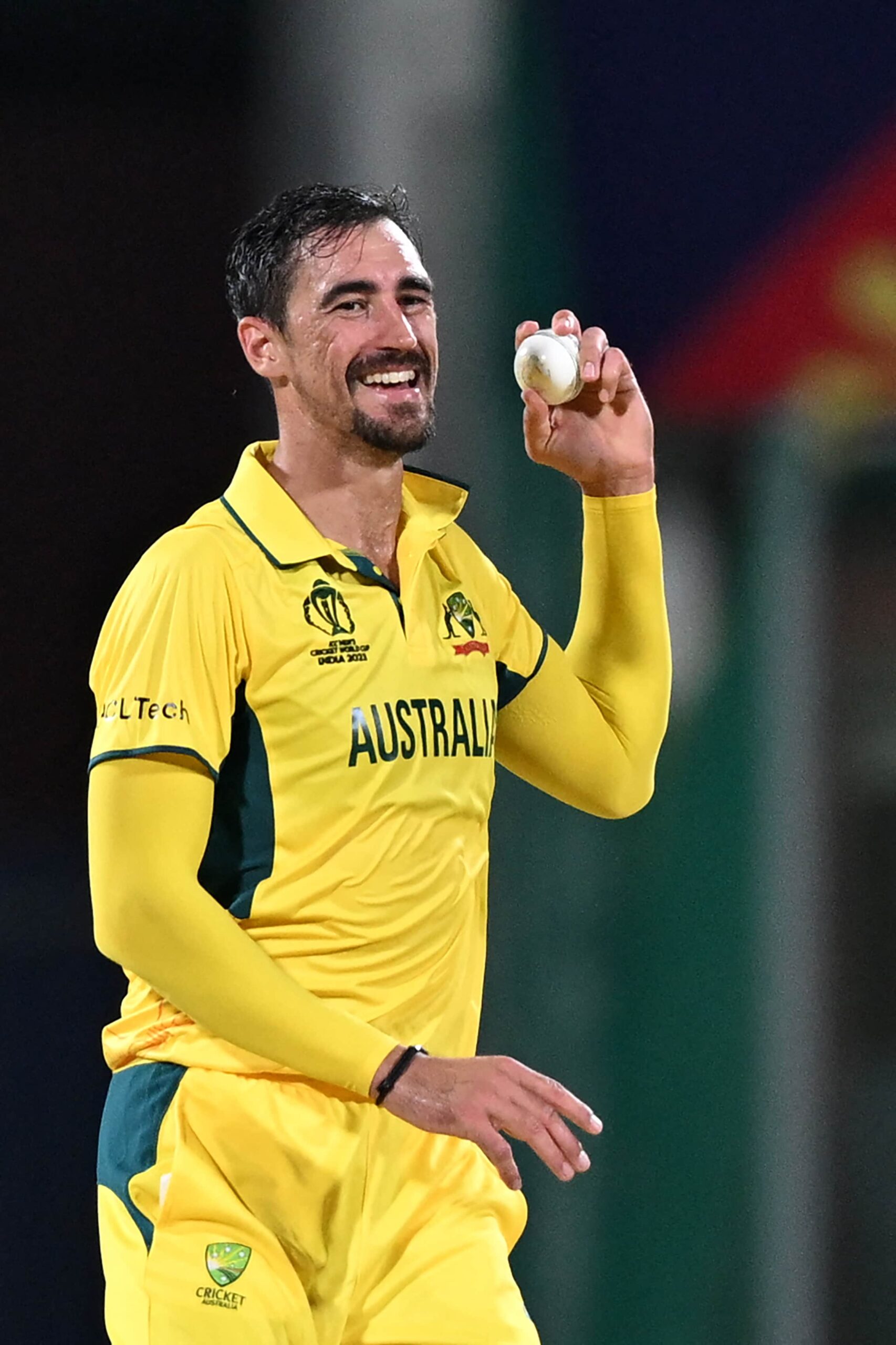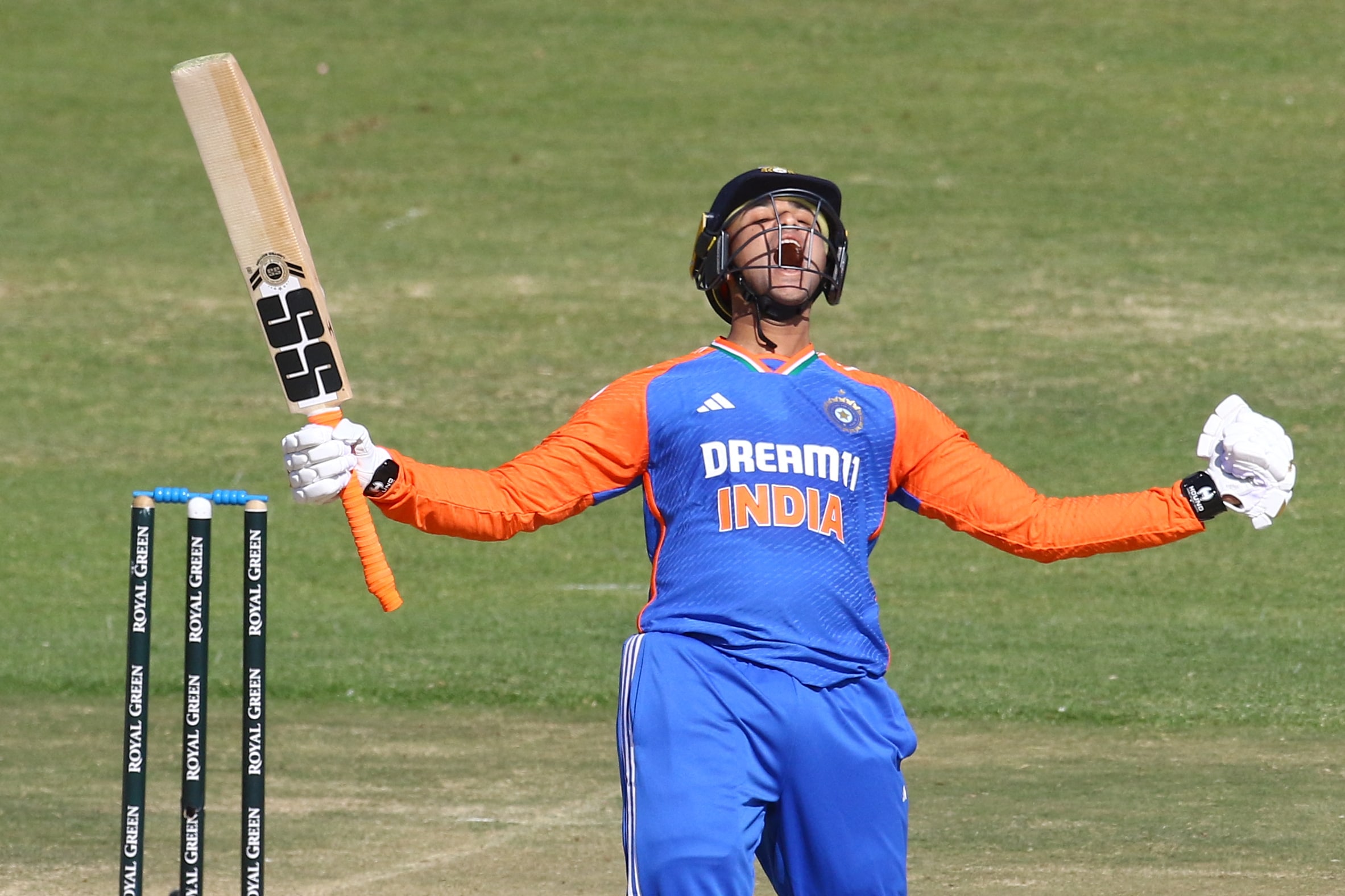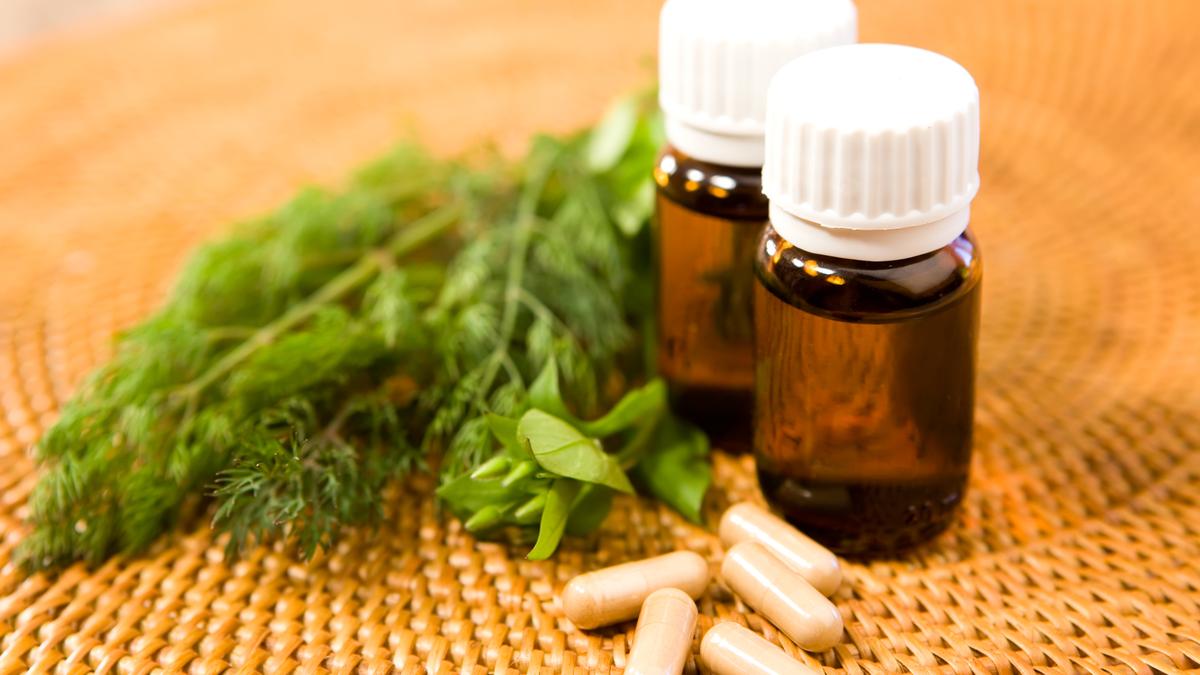In 2021, WHO recommended two malaria vaccines — Mosquirix and R21/Matrix
Since 2007, WHO has called April 15 World Malaria Day to highlight the need for continued investment and sustained political commitment to malaria prevention and control. The book Mosquitopia: The Place of Pests in a Healthy World states that there are over 3,500 species of mosquitoes in every continent except Antarctica. India has over 12% of the world’s mosquito population. B.K. Tyagi et al in the Journal of Mosquito Research, 2015, point out that India has 63 species of this pest, with Anopheles as the leading one. In 1902, Sir Ronald Ross received the Nobel Prize in Physiology/Medicine for having shown how malaria was transmitted by the bite of Anopheles mosquitoes infecting a human patient in Hyderabad suffering from malaria. The National Centre for Vector-borne Diseases, of the Indian Health Ministry, points out that mosquito bites lead to malaria, dengue, filaria, Japanese encephalitis and chikungunya, and suggests ways to control and win over these diseases with drugs and vaccines.
Across India, mosquitoes are most prevalent in highly water-borne areas such as Odisha, West Bengal and the Northeastern states. However, even Pune, Delhi, Chennai and Kolkata have shown a large increase in mosquito population due to heavy rains and inefficient water handling.
Mosquitoes breed in stagnant waters such as agricultural farms, plant pots, gutters, bird baths, tires of bicycles, autos and other vehicles, and trash containers. Periodic cleaning of these will help in reducing mosquito growth. The Healthy Talbot website offers several simple ways to get rid of mosquitoes. While some of these are usable in cities and towns, people in rural areas (where rice/wheat breeding occurs and has a lot of stagnant water) can use camphor and the leaves of ‘tulsi’ plants, both of which are used in their homes for prayers. The plant citronella offers an oil that is an effective mosquito-repellent, out of which the mosquito repellent Odomos is produced, which is available in the market for affordable prices, both as a cream to apply on the skin, and as bandage-like sticky patches, which can be distributed across the country.
The widely used insect-repellent DEET was developed to protect soldiers during the Second World War. A simple change in the chemical structure of DEET improved the efficiency of this molecule. This indigenous product from Balsara Home Products was studied a decade ago by Mittal et al (Indian Journal of Medical Research, 2011) and is sold as non-sticky advanced Odomos. More such molecules are needed, and we look forward to organic chemists and biochemists to synthesise new molecules that can do even better.
Vaccines against malaria
In 2021, WHO recommended the malaria vaccine called ‘Mosquirix’, produced by Glaxo-Smith-Kline and PATH, in four doses for infants, and allowed it for large-scale use in some parts of Africa. It is yet to be used elsewhere in the world. Two biotech firms in India have initiated programmes for the manufacture and supply of malaria vaccines. Bharat Biotech, which has already been working on some malaria-related vaccines, has tied up with GSK-PATH for technology transfer for long-term supply of ‘Mosquirix’, and hopes to manufacture and supply it to people in India by 2026. In 2021, the WHO also recommended the R21/Matrix vaccine. Serum Institute (in collaboration with Oxford University) has produced Rthe 21/Matrix vaccine; in mid-July this year the vaccine was rolled out in Cote d’Ivoire in West Africa, the first country to begin administering R21/Matrix-M. It is our hope that they will inoculate Indians soon, hopefully by World Malaria Day 2026.



